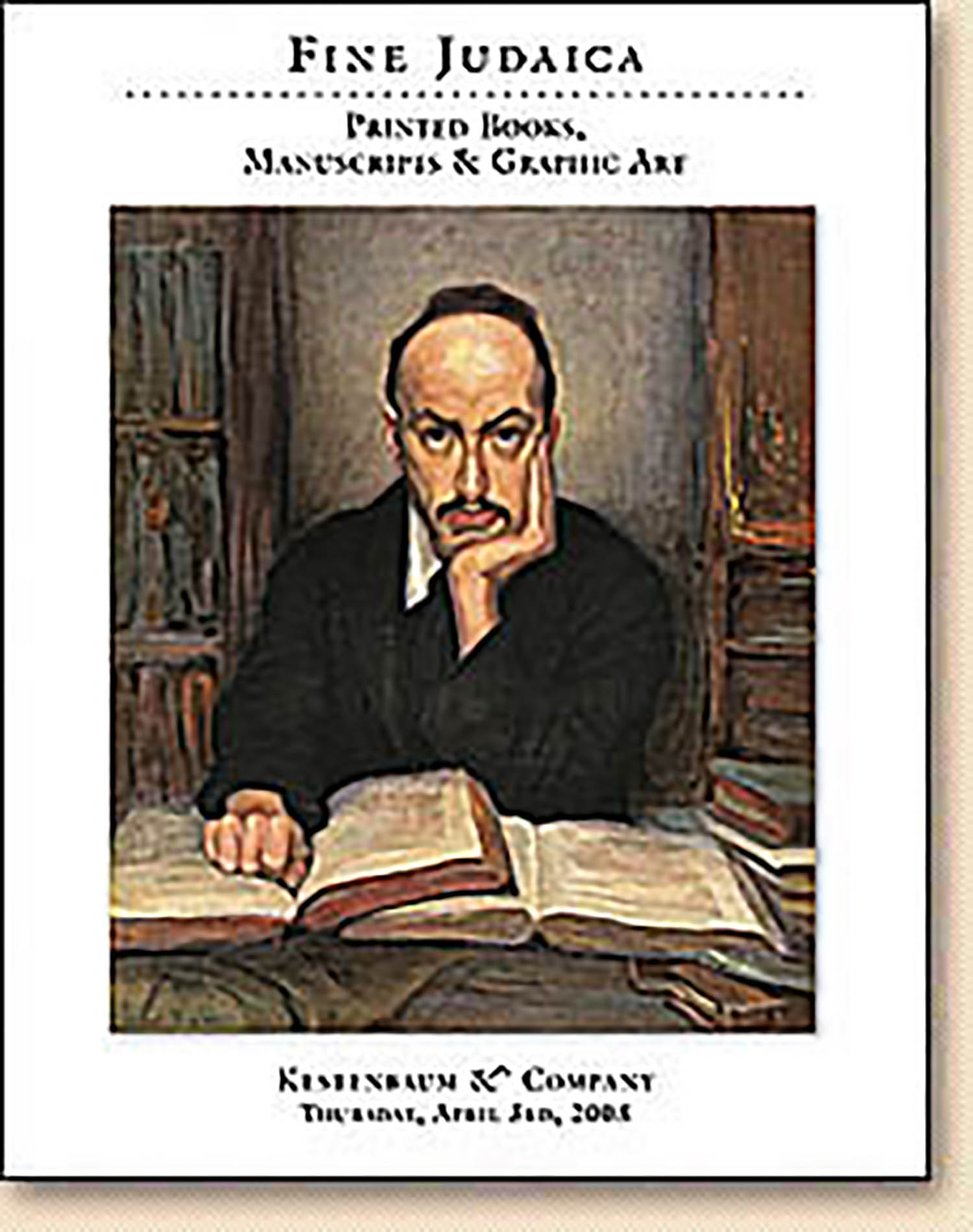With commentary by Moses Maimonides and Obadiah Bertinoro

AUCTION 39 |
Thursday, April 03rd,
2008 at 1:00
Fine Judaica: Printed Books, Manuscripts, Autograph Letters & Graphic Art
Lot 235
(MISHNAH)
With commentary by Moses Maimonides and Obadiah Bertinoro
Sabbioneta, Tobias Foa, 1559 : and Mantua, Jacob Cohen of Gazzolo 1562
Est: $6,000 - $7,000
PRICE REALIZED $5,500
A RARE Complete set.
The first two Orders of this edition were printed by Foa in Sabbioneta and then completed in Mantua.
The Hebrew press at Sabbioneta escaped lightly from the storm of Papal condemnation of Hebrew books which was raging at the time in Venice and Rome. Indeed, the Sabbioneta Hebrew press flourished between the years 1551 and 1559, and books never previously published, treating aspects of Christianity, were issued with considerable freedom. The decree of Pope Paul III in 1553 passed over the city without apparent effect; a tribute to the liberality and culture of the ruling prince of the province.
The Mantua volumes were the last books to be typeset by Jacob Cohen of Gazolo before he retired. He had served at the press of Foa in Sabbioneta and came to Mantua in 1556 where he established a reputation for splendid typographical work. See Amram, The Makers of Hebrew Books in Italy, pp.288-93 and 325
